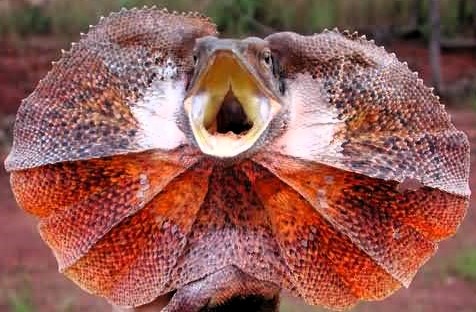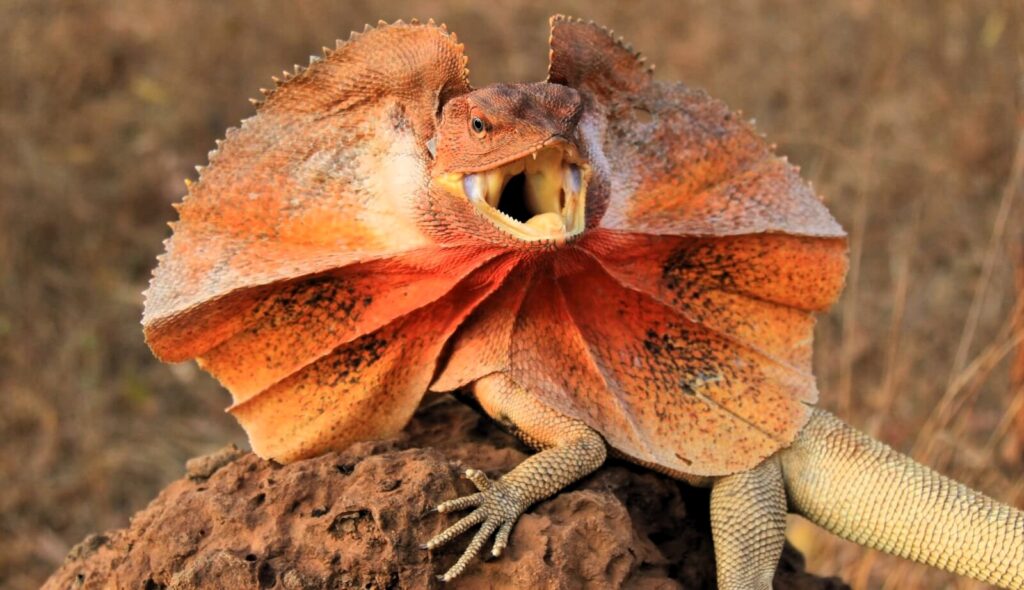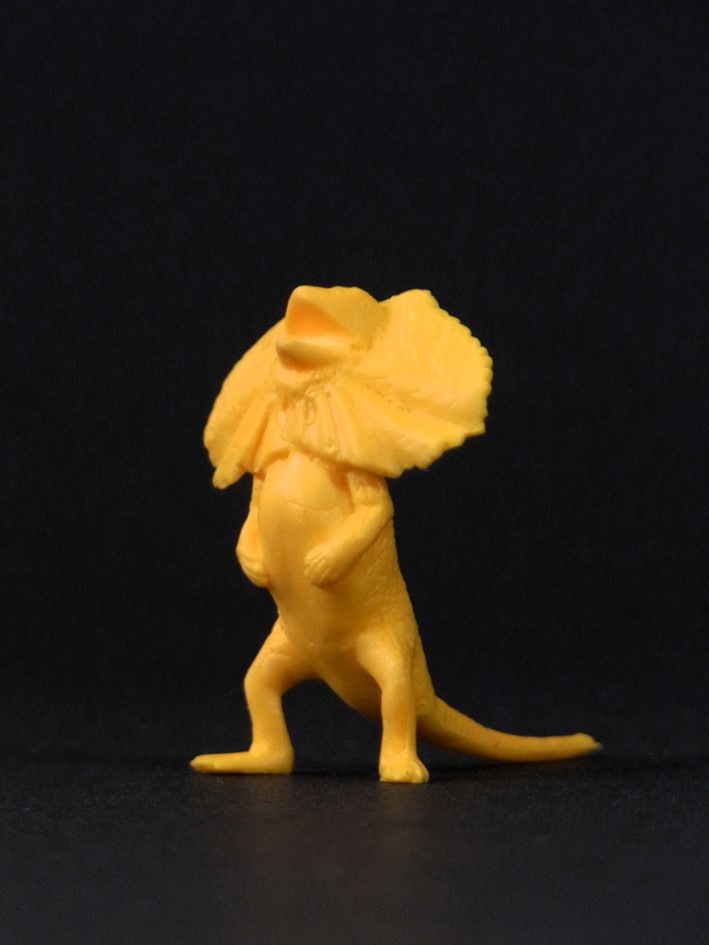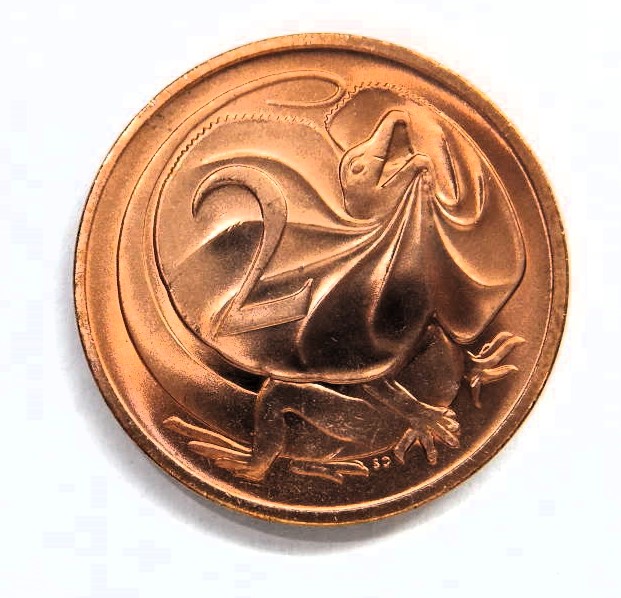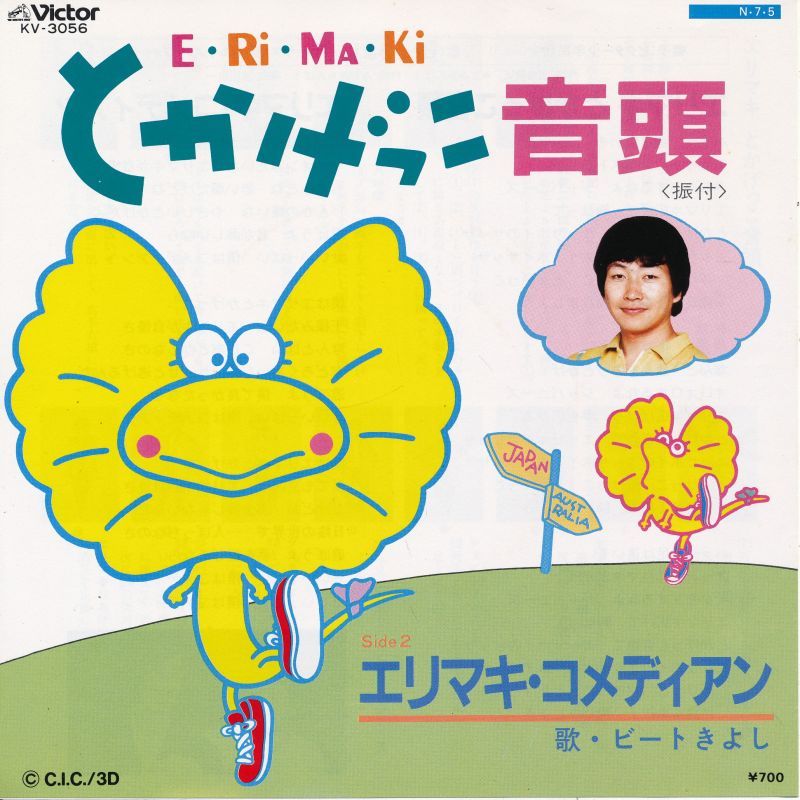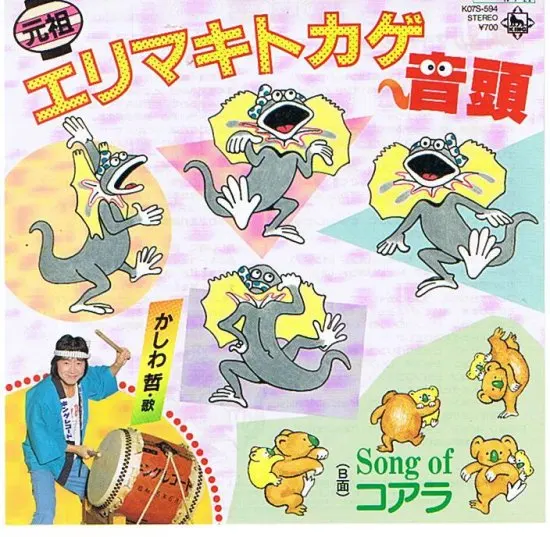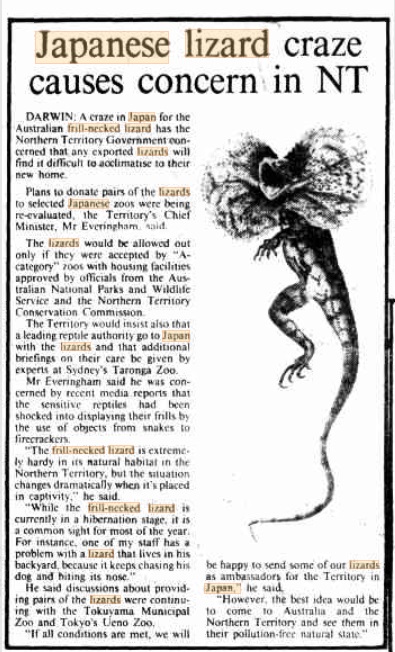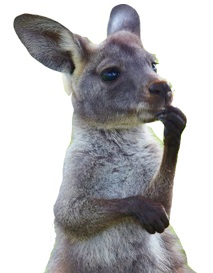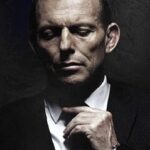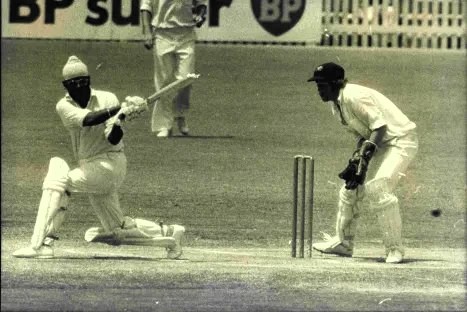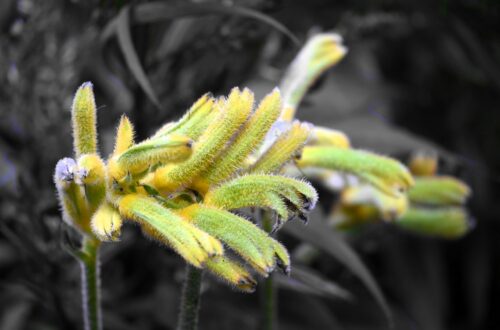Way back in the early 1980s, Australia went from barely being a blip on the average Japanese radar to capturing the nation’s attention thanks to the frill-necked lizard, an endemic Australian reptile that uses its frill to threaten or frighten off predators.
The lizard was featured in a March 1984 episode of Waku Waku Dobutsu Land (Exciting Animal Land), a popular TV show in those days when limited information meant news spread more broadly than now. The program offered a frill-necked lizard plush toy to six lucky viewers drawn from a lottery. More than 700,000 entries were received.
Then, Mitsubishi Motors Corporation started airing a commercial for its 1984 Mirage model that featured the reptile running through the desert. And suddenly, Japan was swept up in the throes of frill-necked mania.
People couldn’t get enough of the lizards and sharp merchandisers responded by producing toys, puzzles, books, keychains and myriad other paraphernalia.
When that demand couldn’t be satiated, people started forking out small fortunes to get their hands on Australian 2 cent coins, which featured the lizard on their reverse.
At the 1984 Tokyo Toy Show that opened on May 31, 1984, more than 100 frill-necked lizard-related items were on display. A jigsaw puzzle of the reptile displayed at the show attracted 120,000 orders over two days, according to the June 17, 1984 edition of Shukan Yomiuri.
“Monsieur” Hiroshi Kamayatsu, guitarist in the 1960s band The Spiders (which also included Masaaki Sakai who played the titular character in Monkey), started a string of tunes about the lizards when he released Erimakitokage no Shinjitsu, with other artists issuing songs about the reptile including Koba Hayashi, who would compose the soundtrack for Spirited Away a couple of decades later, and Beat Kiyoshi, then one of the comedy duo Two Beat with Beat Takeshi.
Demand for the lizards skyrocketed and thousands of applications made to import the creatures from Australia. The few pet shops that had the lizards in stock refused to sell them, but willingly offered to rent them out for a mere 1 million yen per day.
Rumors abounded of Japanese tourists trying to smuggle frill-necked lizards to capitalize on the boom and circumvent the notoriously demanding bioregulations of both island countries.
As the summer of 1984 drew to a close, Japan’s love affair with the frill-necked lizard ended almost as abruptly as it had started.
Australia-related attentions had turned to the far cuter and cuddly koala. Crocodile Dundee appeared on screens shortly after. And Australia began promoting itself heavily as a tourist desination among Japanese and other perceived big-spenders such as the Americans. The policy was hugely successful for a while, particularly among honeymooners, who once made Australia almost as popular a destination as Hawaii among Japanese newlyweds. Japanese tourism to Australia would hit a peak of over 800,000 visitors in 1995, but mirroring the roller-coaster fate of the frillneck, has mostly dwindled ever since.
The manner in which interest in the reptiles dropped off was almost as though the frill-necked lizard had displayed its frills and scared its ravenous predators away.
